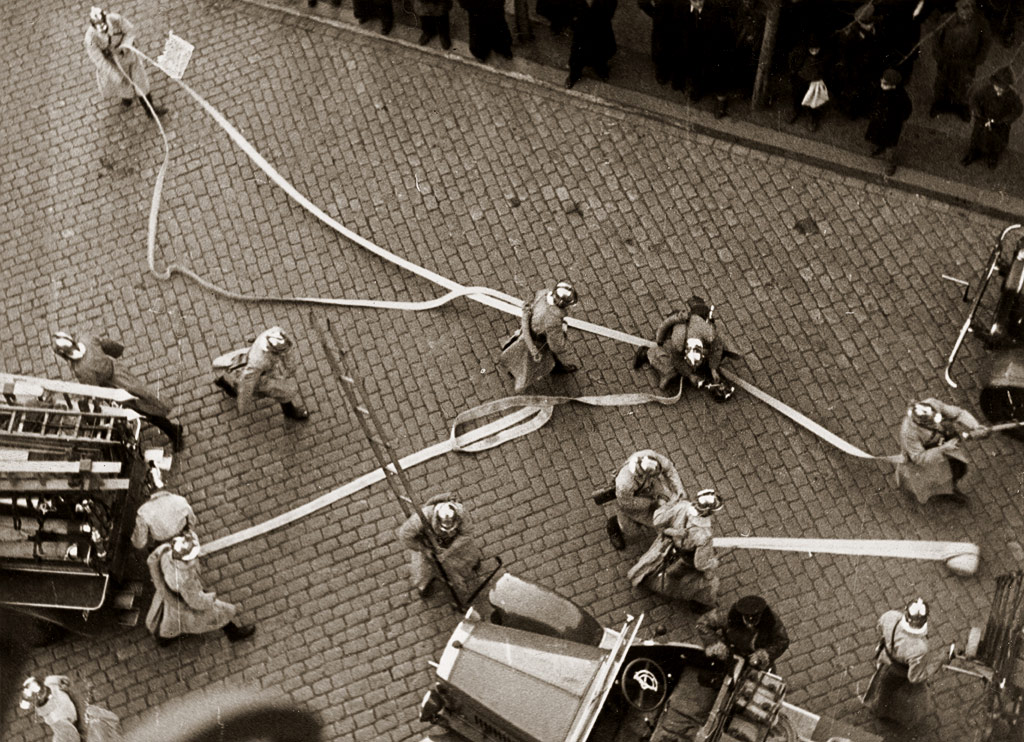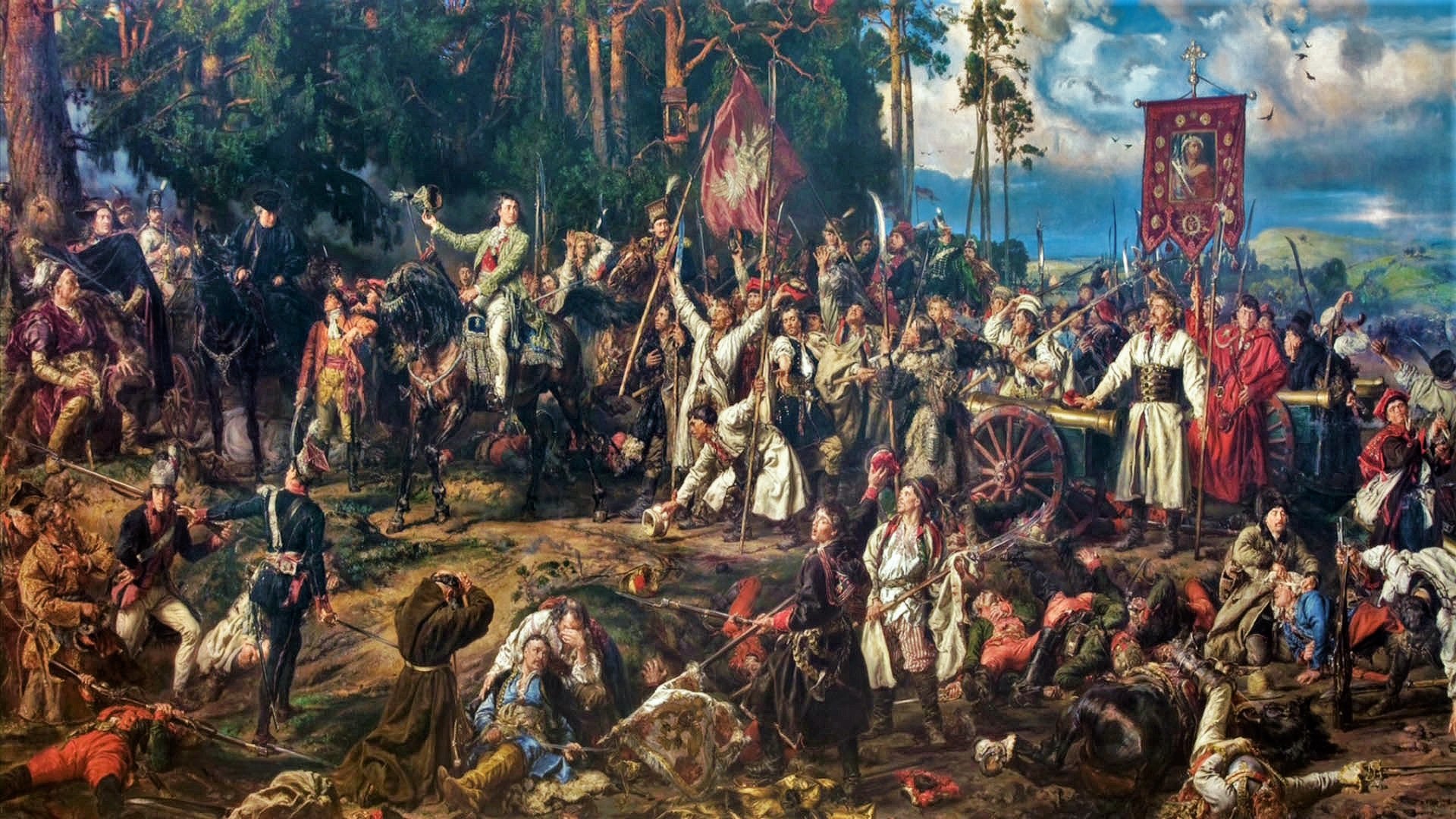|
William Benajah Taylor
William Benajah Taylor (June 10, 1794 – ca 1853) was a merchant and political figure in Nova Scotia. He represented Liverpool township from 1836 to 1851 in the Nova Scotia House of Assembly as a Conservative. Background He was born in Liverpool, Nova Scotia, the son of James Taylor (Nova Scotia politician), James Taylor and Susanna Collins. In 1816, he married Trephana, the daughter of Joseph Barss. He served as a fire warden and was magistrate for Queens County, Nova Scotia, Queens County from 1838 to 1853. Taylor died in City of Halifax, Halifax. References 1794 births Year of death missing Nova Scotia pre-Confederation MLAs Canadian magistrates {{NovaScotia-MLA-stub ... [...More Info...] [...Related Items...] OR: [Wikipedia] [Google] [Baidu] |
Nova Scotia
Nova Scotia ( ; ; ) is one of the thirteen provinces and territories of Canada. It is one of the three Maritime provinces and one of the four Atlantic provinces. Nova Scotia is Latin for "New Scotland". Most of the population are native English-speakers, and the province's population is 969,383 according to the 2021 Census. It is the most populous of Canada's Atlantic provinces. It is the country's second-most densely populated province and second-smallest province by area, both after Prince Edward Island. Its area of includes Cape Breton Island and 3,800 other coastal islands. The Nova Scotia peninsula is connected to the rest of North America by the Isthmus of Chignecto, on which the province's land border with New Brunswick is located. The province borders the Bay of Fundy and Gulf of Maine to the west and the Atlantic Ocean to the south and east, and is separated from Prince Edward Island and the island of Newfoundland by the Northumberland and Cabot straits, ... [...More Info...] [...Related Items...] OR: [Wikipedia] [Google] [Baidu] |
Nova Scotia House Of Assembly
The Nova Scotia House of Assembly (french: Assemblée législative de la Nouvelle-Écosse; gd, Taigh Seanaidh Alba Nuadh), or Legislative Assembly, is the deliberative assembly of the General Assembly of Nova Scotia of the province of Nova Scotia, Canada. The assembly is the oldest in Canada, having first sat in 1758, and in 1848 was the site of the first responsible government in the British Empire. Bills passed by the House of Assembly are given royal assent by the Lieutenant Governor of Nova Scotia in the name of the Monarchy in Nova Scotia, King. Originally (in 1758), the Legislature consisted of the Crown represented by a governor (later a lieutenant governor), the appointed Nova Scotia Council holding both executive and legislative duties and an elected House of Assembly (lower chamber). In 1838, the council was replaced by an Executive Council of Nova Scotia, executive council with the executive function and a Legislative Council of Nova Scotia, legislative council with the ... [...More Info...] [...Related Items...] OR: [Wikipedia] [Google] [Baidu] |
Liverpool, Nova Scotia
Liverpool is a Canadian community and former town located along the Atlantic Ocean of the Province of Nova Scotia's South Shore. It is situated within the Region of Queens Municipality which is the local governmental unit that comprises all of Queens County, Nova Scotia. History Liverpool's harbour was an ancient seasonal camp of Nova Scotia's native Mi'kmaq and was known as Ogomkigeak meaning "dry sandy place" and Ogukegeok, meaning "place of departure". Samuel de Champlain originally named the harbour Port Rossignol, in honour of Captain Rossignol, an early 17th-century founder of New France in North America who used the harbour for trading. Later Nicolas Denys, a pioneering 17th-century French explorer and trader of Nova Scotia, was granted land here by the leader of Acadia, Isaac de Razilly (c. 1632). Following the Expulsion of the Acadians (1755) during the French and Indian War (the North American theatre of the Seven Years' War), Liverpool was founded by New England ... [...More Info...] [...Related Items...] OR: [Wikipedia] [Google] [Baidu] |
James Taylor (Nova Scotia Politician)
James Taylor (1771 – January 15, 1801) was a merchant, seaman, tanner and political figure in Nova Scotia. He represented Queen's County in the Legislative Assembly of Nova Scotia from 1799 to 1801. He was the son of William Taylor, a loyalist who came to Shelburne, Nova Scotia in 1783 and then moved to Liverpool in 1795. (His father William is buried in the Old Burying Ground (Halifax, Nova Scotia). In 1793, he married Susanna, the daughter of Benajah Collins Benajah Collins (October 29, 1734 – 1820) was a merchant and political figure in Nova Scotia. He represented Queen's County in the Nova Scotia House of Assembly from 1784 to 1797. He was born in Chatham, Massachusetts, the son of Joseph Co .... Taylor died in office at Liverpool. His son William Benajah also served in the assembly. References * 1771 births 1801 deaths Nova Scotia pre-Confederation MLAs {{NovaScotia-MLA-stub ... [...More Info...] [...Related Items...] OR: [Wikipedia] [Google] [Baidu] |
Joseph Barss
Joseph Barss (21 February 1776 – 3 August 1824) was a sea Captain (nautical), captain of the schooner ''Liverpool Packet'' and was one of the most successful privateers on the North American Atlantic coast during the War of 1812. Background Born 21 February 1776 in Liverpool, Nova Scotia to the son of sea captain Joseph Barss (politician), Joseph Barss Sr. and Elizabeth Crowell. Barss' parents had married in 1773. They were one of the first families to settle in Liverpool, Nova Scotia. Barss was the second of fourteen children. In 1798 the Barss family built one of the largest homes in Liverpool. The house still stands today and is part of the Lane's Privateer Inn. Privateer activities Barss gained experience as a privateer against the French in the 1790s, serving in several privateer vessels, as an officer in the ship Charles Mary Wentworth (1798 ship), ''Charles Mary Wentworth'' and in command the privateer schooner ''Lord Spencer''. The schooner sank after strikin ... [...More Info...] [...Related Items...] OR: [Wikipedia] [Google] [Baidu] |
Fire Warden
Firefighting is the act of extinguishing or preventing the spread of unwanted fires from threatening human lives and destroying property and the environment. A person who engages in firefighting is known as a firefighter. Firefighters typically undergo a high degree of technical training. This involves structural firefighting and wildland firefighting. Specialized training includes aircraft firefighting, shipboard firefighting, aerial firefighting, maritime firefighting, and proximity firefighting. Firefighting is a dangerous profession due to the toxic environment created by combustible materials, with major risks are smoke, oxygen deficiency, elevated temperatures, poisonous atmospheres, and violent air flows. To combat some of these risks, firefighters carry self-contained breathing apparatus. Additional hazards include falls — a constant peril while navigating unfamiliar layouts or confined spaces amid shifting debris under limited visibility – and structural collapse t ... [...More Info...] [...Related Items...] OR: [Wikipedia] [Google] [Baidu] |
Queens County, Nova Scotia
Queens County is a county in the Provinces and territories of Canada, Canadian province of Nova Scotia. History Liverpool, Nova Scotia, Liverpool, the county seat of Queens County, was founded in 1759 by the New England Planters. Founded for the most part by New England settlers, Liverpool maintained strong ties with the American colonies until the sudden outbreak of the American Revolution. On July 21, 1762 the Lieutenant Governor and Council of Nova Scotia declared that "the Townships of Liverpool, Barrington and Yarmouth together with the intermediate lands should be erected into a county by the name of Queens County". Parts of the new county were taken from Lunenburg County, Nova Scotia, Lunenburg County, which now lies to the northeast. In 1784, Shelburne County, Nova Scotia, Shelburne County was formed in part from southwestern portions of Queens County. The new county boundaries were established by an Order-in-Council dated December 16, 1785. Queens County contains subs ... [...More Info...] [...Related Items...] OR: [Wikipedia] [Google] [Baidu] |
City Of Halifax
A city is a human settlement of notable size.Goodall, B. (1987) ''The Penguin Dictionary of Human Geography''. London: Penguin.Kuper, A. and Kuper, J., eds (1996) ''The Social Science Encyclopedia''. 2nd edition. London: Routledge. It can be defined as a permanent and densely settled place with administratively defined boundaries whose members work primarily on non-agricultural tasks. Cities generally have extensive systems for housing, transportation, sanitation, utilities, land use, production of goods, and communication. Their density facilitates interaction between people, government organisations and businesses, sometimes benefiting different parties in the process, such as improving efficiency of goods and service distribution. Historically, city-dwellers have been a small proportion of humanity overall, but following two centuries of unprecedented and rapid urbanization, more than half of the world population now lives in cities, which has had profound consequences for g ... [...More Info...] [...Related Items...] OR: [Wikipedia] [Google] [Baidu] |
1794 Births
Events January–March * January 1 – The Stibo Group is founded by Niels Lund as a printing company in Aarhus (Denmark). * January 13 – The U.S. Congress enacts a law providing for, effective May 1, 1795, a United States flag of 15 stars and 15 stripes, in recognition of the recent admission of Vermont and Kentucky as the 14th and 15th states. A subsequent act restores the number of stripes to 13, but provides for additional stars upon the admission of each additional state. * January 21 – King George III of Great Britain delivers the speech opening Parliament and recommends a continuation of Britain's war with France. * February 4 – French Revolution: The National Convention of the French First Republic abolishes slavery. * February 8 – Wreck of the Ten Sail on Grand Cayman. * February 11 – The first session of the United States Senate is open to the public. * March 4 – The Eleventh Amendment to the United States Constituti ... [...More Info...] [...Related Items...] OR: [Wikipedia] [Google] [Baidu] |
Year Of Death Missing
A year or annus is the orbital period of a planetary body, for example, the Earth, moving in its orbit around the Sun. Due to the Earth's axial tilt, the course of a year sees the passing of the seasons, marked by change in weather, the hours of daylight, and, consequently, vegetation and soil fertility. In temperate and subpolar regions around the planet, four seasons are generally recognized: spring, summer, autumn and winter. In tropical and subtropical regions, several geographical sectors do not present defined seasons; but in the seasonal tropics, the annual wet and dry seasons are recognized and tracked. A calendar year is an approximation of the number of days of the Earth's orbital period, as counted in a given calendar. The Gregorian calendar, or modern calendar, presents its calendar year to be either a common year of 365 days or a leap year of 366 days, as do the Julian calendars. For the Gregorian calendar, the average length of the calendar year (the me ... [...More Info...] [...Related Items...] OR: [Wikipedia] [Google] [Baidu] |
Nova Scotia Pre-Confederation MLAs
A nova (plural novae or novas) is a transient astronomical event that causes the sudden appearance of a bright, apparently "new" star (hence the name "nova", which is Latin for "new") that slowly fades over weeks or months. Causes of the dramatic appearance of a nova vary, depending on the circumstances of the two progenitor stars. All observed novae involve white dwarfs in close binary systems. The main sub-classes of novae are classical novae, recurrent novae (RNe), and dwarf novae. They are all considered to be cataclysmic variable stars. Classical nova eruptions are the most common type. They are likely created in a close binary star system consisting of a white dwarf and either a main sequence, subgiant, or red giant star. When the orbital period falls in the range of several days to one day, the white dwarf is close enough to its companion star to start drawing accreted matter onto the surface of the white dwarf, which creates a dense but shallow atmosphere. This atmosphe ... [...More Info...] [...Related Items...] OR: [Wikipedia] [Google] [Baidu] |






